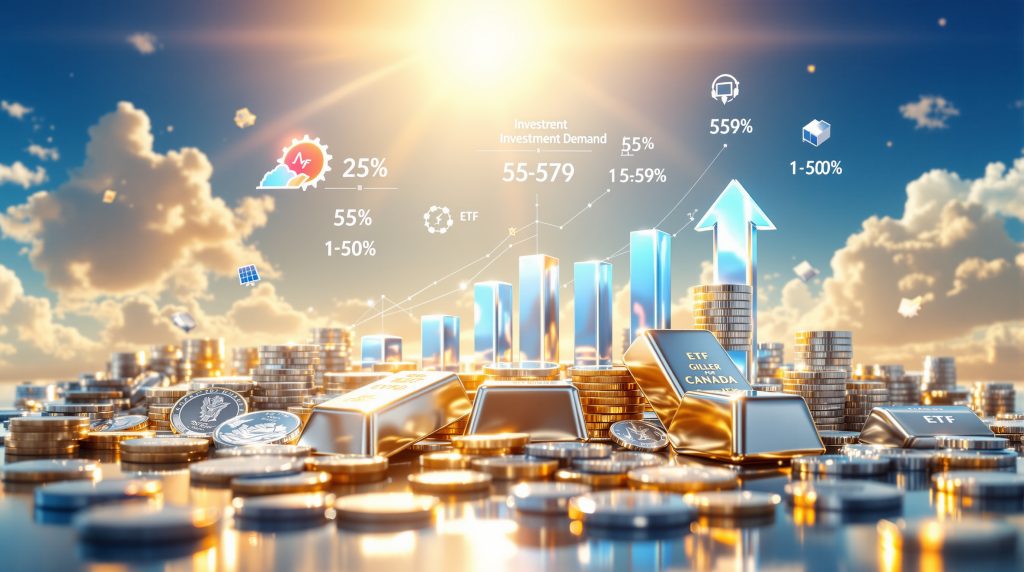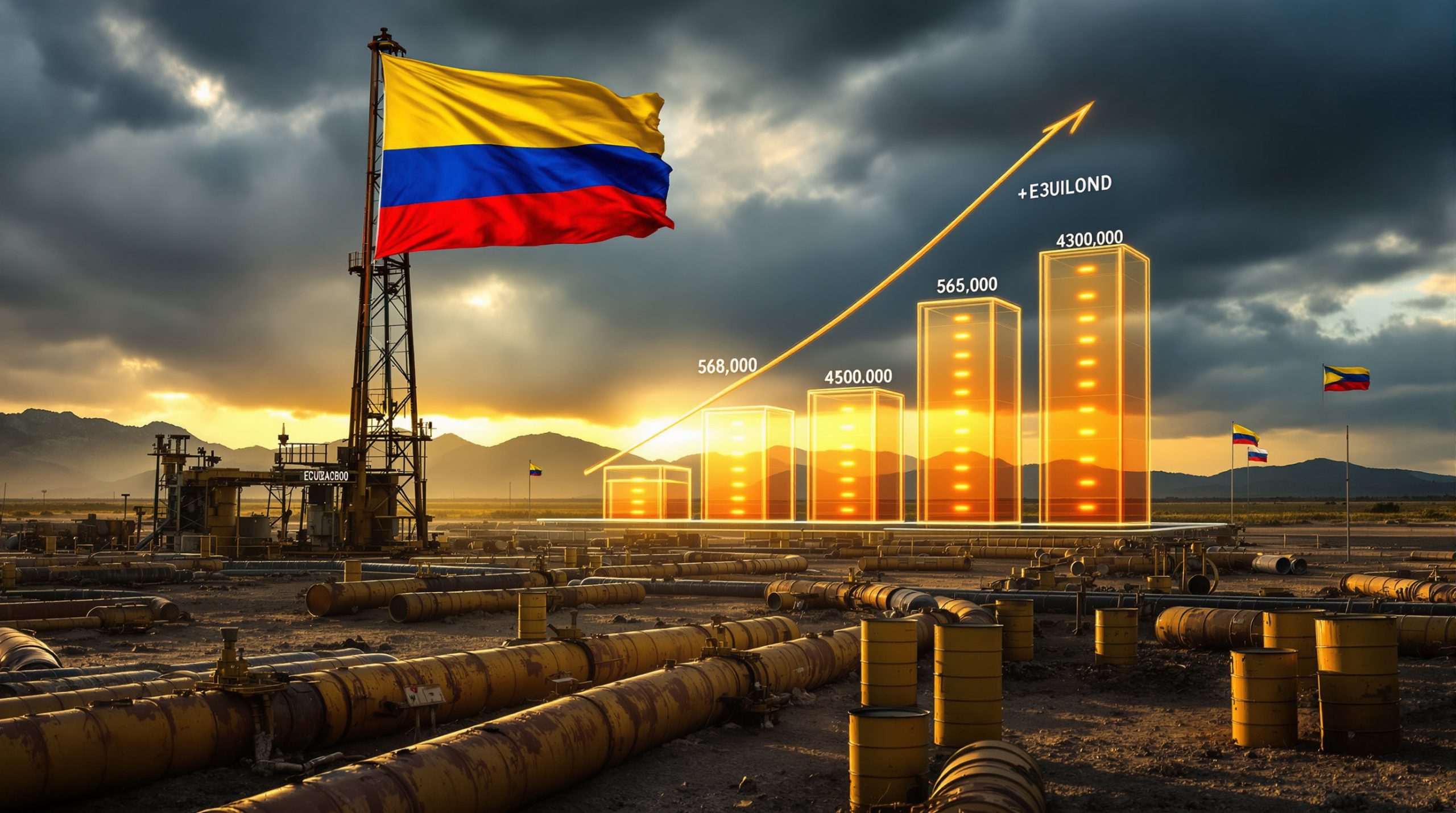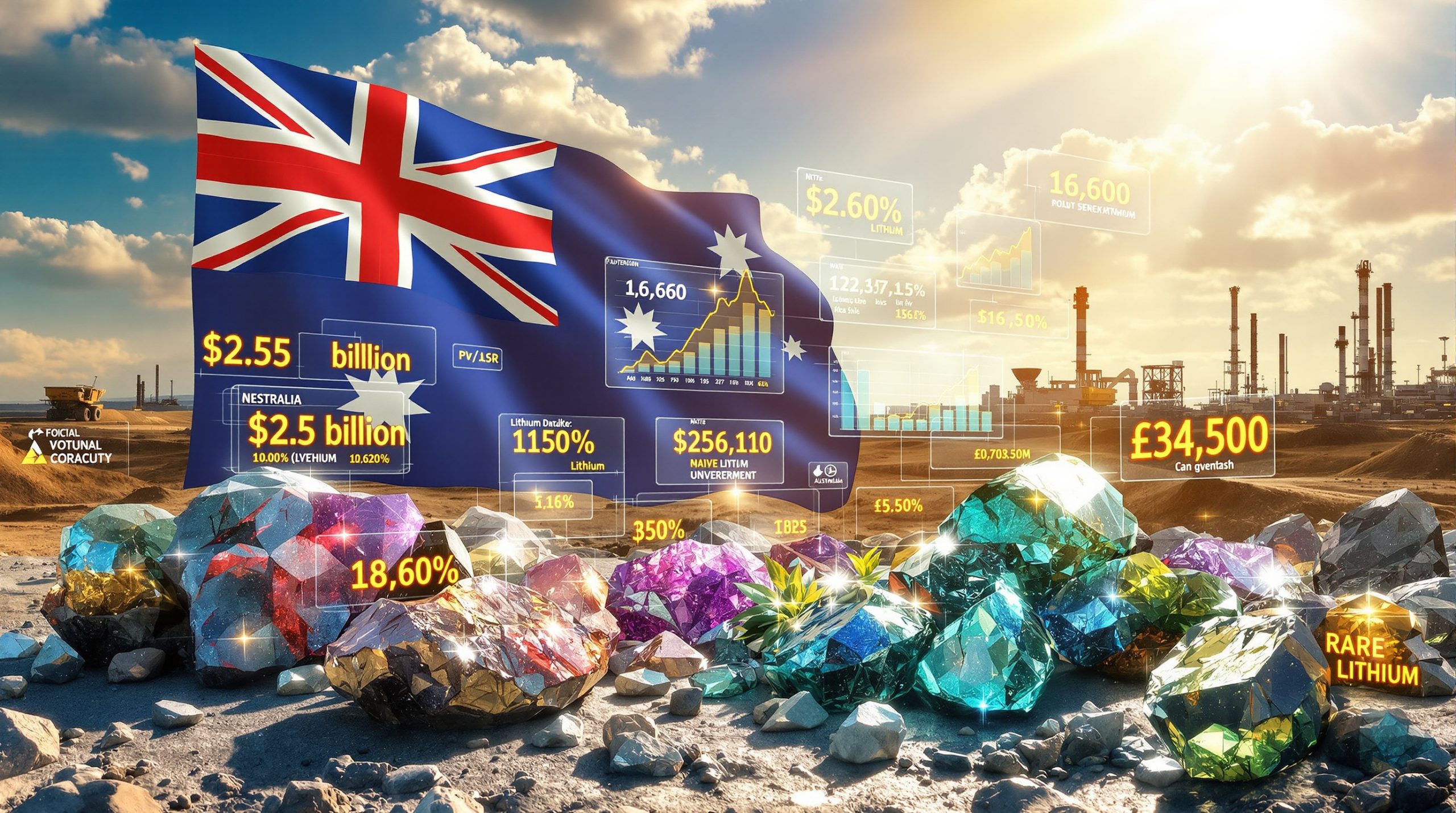Investment demand represents one of the most volatile components driving silver price movements, fundamentally different from the steady industrial consumption patterns that form the market's foundation. Unlike gold's predominantly monetary role, silver's investment appeal stems from its unique dual nature as both a precious metal store of value and a critical industrial commodity. The silver market squeeze demonstrates how rapidly changing dynamics can impact global financial markets.
The mechanics of investment demand in silver market conditions create powerful forces capable of overwhelming traditional supply-demand fundamentals during periods of economic uncertainty. Professional market participants recognize that silver trades as a financial asset rather than a simple commodity, exhibiting price behaviors more closely aligned with monetary metals than industrial materials.
Primary Catalysts Driving Silver Investment Flows
Economic uncertainty and monetary policy shifts create the strongest catalysts for silver investment demand. When central banks implement quantitative easing or maintain low interest rates, the opportunity cost of holding non-yielding silver decreases substantially, making it more attractive relative to bonds and traditional savings instruments.
Currency debasement concerns drive investors toward silver as a hedge against fiat currency weakness. This phenomenon intensifies during periods of high government spending, debt expansion, or structural challenges facing major currencies. Professional money managers increasingly recognize silver's role as geographic diversification and independence from any single nation's monetary policy.
Portfolio diversification strategies incorporating silver have expanded significantly among institutional investors who recognize its low correlation with traditional assets during market stress periods. Pension funds and hedge funds now allocate portions of portfolios to precious metals, providing a more stable foundation for investment demand compared to purely retail-driven purchases.
Investment Volume Characteristics
| Investment Type | Market Impact | Volatility Level |
|---|---|---|
| Physical silver purchases | Direct supply pressure | High |
| ETF inflows/outflows | Immediate market response | Very High |
| Institutional allocation | Stabilizing foundation | Moderate |
| Retail coin buying | Seasonal patterns | High |
Market Share Analysis: Investment vs Industrial Demand
Investment demand typically represents 20-25% of total silver consumption, exhibiting significantly higher volatility than the 55-59% consumed by industrial applications. This disparity creates unique market dynamics where relatively small shifts in investor sentiment can generate disproportionate price impacts.
Physical silver investment through bars, coins, and exchange-traded funds represents the most direct form of investment demand. During market uncertainty, these purchases can surge by 30-50% within months, creating immediate supply pressure that industrial consumers must navigate. Furthermore, silver supply deficits continue to intensify these market pressures.
Industrial consumption patterns remain relatively predictable, with electronics manufacturers and solar panel producers maintaining consistent silver purchasing schedules. However, when investment flows dramatically increase, industrial users face supply constraints and premium expansions that can influence their procurement strategies.
The approximately 4 billion ounces of silver held by investors globally represents a massive inventory overhang that can influence market dynamics. Even small percentage sales from this stockpile can substantially impact current supply-demand balances, creating downward price pressure during periods when investors seek profit-taking opportunities.
Physical Silver Investment Channels
Retail Market Dynamics
Individual investors primarily purchase silver coins and small bars, with American Silver Eagles, Canadian Maple Leafs, and generic silver rounds dominating sales volumes. Premium variations between different products reflect supply constraints, fabrication costs, and collector preferences that can shift rapidly based on market conditions.
High-net-worth individuals often prefer larger bars (100 oz, 1000 oz formats) for storage efficiency and lower premiums per ounce. These investors frequently utilise allocated storage services or private vaulting facilities, creating a more institutionalised approach to physical precious metals ownership.
Exchange-Traded Product Impact
Silver ETFs provide convenient exposure without physical storage requirements, holding hundreds of millions of ounces that create substantial industrial-scale demand during inflow periods. Major funds like SLV and PSLV demonstrate how paper instruments can generate real physical demand through their operational requirements.
Institutional participation through ETF structures enables professional money managers to implement tactical asset allocation and hedging strategies. This institutional involvement provides greater market depth and reduces extreme volatility compared to purely retail-driven markets. For instance, understanding silver squeeze strategies becomes crucial for institutional decision-making.
Price Psychology and Profit-Taking Dynamics
Critical Psychological Barriers
The $50 threshold represents a significant psychological level for silver investors, creating complex market dynamics that challenge simple breakout theories. Market participants often assume that breaching historical highs will trigger massive buying, but economic fundamentals suggest otherwise.
Professional analysis reveals that price levels around $50 historically trigger substantial profit-taking from long-term holders who accumulated silver during previous market cycles. Investors who purchased during the 2011 peak or subsequent rallies view these levels as opportunities to recover losses or secure gains.
The fundamental reality is that silver markets respond to economic forces rather than psychological milestones. When prices reach elevated levels, multiple supply sources activate simultaneously, creating natural resistance to further advances.
Scrap recovery increases dramatically at higher price levels, as silver jewellery, decorative items, and industrial scrap become economically viable to recycle. This secondary supply source can add substantial market pressure during price rallies, moderating upward momentum through increased availability.
Long-Term Holder Behaviour
Investors holding silver acquired at lower price points often become net sellers during significant price advances. With billions of ounces in private hands, even modest percentage sales can overwhelm new investment demand and industrial consumption combined.
Recent market observations show refiners occasionally suspending silver scrap purchases when their facilities become overwhelmed with material to process. This phenomenon indicates how quickly supply can materialise when price incentives align with holder psychology.
Geographic Investment Patterns and Currency Considerations
Regional Demand Characteristics
Asian markets demonstrate strong cultural affinity for precious metals, with India and China representing significant silver investment demand driven by cultural traditions and wealth preservation strategies. Festival seasons and wedding periods create predictable demand patterns that market participants monitor closely.
North American investors focus primarily on numismatic coins and investment-grade bars, showing strong preference for government-minted products. Tax considerations, storage logistics, and liquidity preferences influence purchasing decisions across different demographic segments.
European demand varies significantly by country, with Germany and Switzerland maintaining strong precious metals investment traditions whilst other regions demonstrate more price-sensitive buying patterns influenced by local economic conditions.
Currency Debasement Effects
Local currency weakness often triggers increased silver investment demand as citizens seek to preserve purchasing power through hard asset ownership. This effect proves particularly pronounced in emerging markets experiencing currency devaluation or monetary instability.
Cross-border capital flows can create sudden shifts in regional silver demand as investors move capital to perceived safe-haven jurisdictions. These flows sometimes overwhelm local supply channels, creating premium disparities between different geographic markets. Consequently, comprehensive precious metals analysis becomes essential for understanding these regional variations.
Industrial Substitution and Demand Elasticity
Price-Responsive Fabrication Patterns
Fabricator behaviour demonstrates significant price sensitivity, with manufacturers implementing silver reduction strategies or substitution programmes when costs become prohibitive. Historical examples include electronics companies shifting from gold to palladium contacts, then to silver-plated alternatives as relative prices changed.
Solar panel manufacturers actively research silver usage reduction techniques and alternative materials when prices rise substantially. Current industry estimates suggest solar applications may consume 250-350 million ounces annually, significantly below promotional claims of 600-800 million ounces. Additionally, the Silver Institute's supply and demand analysis provides comprehensive insights into these consumption patterns.
Recycling and Recovery Dynamics
Secondary supply recovery from end-of-life products provides substantial market supply during high-price periods. Solar panels reaching end-of-life generate recoverable silver, creating a recycling stream that industry participants are actively developing despite claims that such recovery is unprofitable.
Professional recycling operations currently process various silver-containing products, indicating that recovery economics work at current price levels. As prices rise, additional recovery streams become viable, expanding secondary supply availability.
Central Bank and Sovereign Holdings
Institutional Silver Strategies
Recent developments show renewed institutional interest in silver holdings beyond traditional gold reserves. Russia's announced silver acquisition programme represents a significant shift in central bank precious metals strategies, though actual purchasing volumes remain modest relative to total market size.
Strategic reserves in major economies, whilst not always publicly disclosed, contribute to underlying investment demand through government purchasing programmes. However, these programmes typically focus on industrial security rather than monetary reserves.
Market analysis suggests that central bank silver purchases, whilst newsworthy, remain small compared to private investment flows. The total impact of government buying programmes appears insufficient to fundamentally alter supply-demand dynamics over extended periods.
Technology and Green Energy Investment Thesis
Industrial Demand Growth Projections
Green energy transition awareness has increased investment interest as market participants recognise silver's critical role in solar panels, electric vehicles, and energy storage systems. This creates compelling investment narratives combining monetary and industrial demand growth expectations. Moreover, physical silver investment trends highlight growing importance across global markets.
5G and digitalisation trends provide additional industrial demand support, attracting technology-focused investors who understand secular growth drivers. However, actual consumption patterns often differ from promotional projections due to efficiency improvements and substitution efforts.
Supply-Demand Reality Check
Professional market analysis reveals that industrial silver consumption, whilst growing, faces continuous efficiency pressure from manufacturers seeking to reduce input costs. Per-unit silver usage in electronic applications has generally declined over time despite overall volume growth.
Military and aerospace applications generate significant promotional attention but represent relatively modest actual consumption. Professional estimates suggest missiles contain approximately 5 ounces of silver rather than the 50+ pounds claimed by some promotional sources.
ETF Market Structure and Flow Impacts
Institutional Access Mechanisms
Silver ETFs create immediate physical silver demand or supply through daily creation and redemption processes. Unlike mining production, which adjusts slowly to price changes, ETF flows can shift market dynamics within trading sessions.
Inventory transparency through daily holdings reports provides market participants with real-time insight into investment demand trends. Large outflows often signal weakening investor sentiment before price declines become apparent through traditional technical analysis.
Professional Money Management Integration
Pension funds and endowments increasingly include precious metals ETFs in strategic asset allocation models, creating more stable demand foundations compared to retail-driven purchasing patterns. This institutional participation reduces extreme volatility whilst providing greater market depth.
Hedge fund utilisation of silver ETFs for tactical positions and portfolio hedging creates additional flow volatility, as these participants often employ leverage and systematic trading strategies that can amplify market movements. In addition, gold-silver ratio analysis helps inform these strategic decisions.
Future Investment Demand Evolution
Structural Market Changes
Digital currency concerns may increase precious metals appeal as investors seek assets independent of digital payment systems and central bank digital currencies (CBDCs). This technological shift could influence allocation preferences among different investor demographics.
Wealth transfer dynamics as older generations pass assets to younger investors may influence precious metals allocation preferences. Younger demographics often prefer ETF exposure over physical holdings due to convenience and storage considerations.
Market Infrastructure Development
Institutional infrastructure improvements through enhanced storage facilities, insurance products, and trading platforms should facilitate increased investment participation. These developments may reduce barriers to entry for larger institutional investors.
Regulatory clarity regarding precious metals taxation and reporting requirements continues evolving, potentially influencing investor behaviour and market development patterns across different jurisdictions.
Supply Response to Investment Demand
Mining Production Elasticity
Primary mine production demonstrates significant price responsiveness, with approximately 20 billion ounces of minable reserves becoming economically viable at higher price levels. This potential supply expansion provides natural price ceiling mechanisms during extended bull markets.
Secondary supply activation from various sources creates substantial market availability during price rallies. Professional market participants recognise that decorative items, jewellery, and industrial scrap represent only one refining trip away from becoming market supply.
Market Balance Implications
The interaction between investment demand and supply response mechanisms creates complex market dynamics that challenge simple bullish or bearish narratives. Understanding these relationships proves essential for realistic price forecasting and investment planning.
Market participants benefit from recognising that investment demand in silver market conditions operates within broader economic frameworks that include supply elasticity, substitution effects, and profit-taking behaviours from existing holders.
Investment Planning Considerations: Investors should evaluate silver allocation decisions within the context of these supply-demand dynamics rather than relying solely on promotional narratives about industrial consumption or monetary reset scenarios. Professional analysis suggests that investment demand in silver market responds to fundamental economic forces rather than psychological price levels or conspiracy theories about market manipulation.
The silver investment landscape continues evolving as institutional participation grows and market infrastructure develops, but core supply-demand relationships remain the primary drivers of long-term price trends. Understanding these fundamentals provides the foundation for informed investment decision-making in precious metals markets.
Looking to Navigate Silver Investment Opportunities?
Discovery Alert's proprietary Discovery IQ model delivers real-time alerts on significant precious metals discoveries across the ASX, helping investors identify actionable opportunities in mining companies before broader market recognition occurs. Explore how major mineral discoveries can generate substantial returns by visiting Discovery Alert's discoveries page and begin your 30-day free trial today to secure your market advantage.




